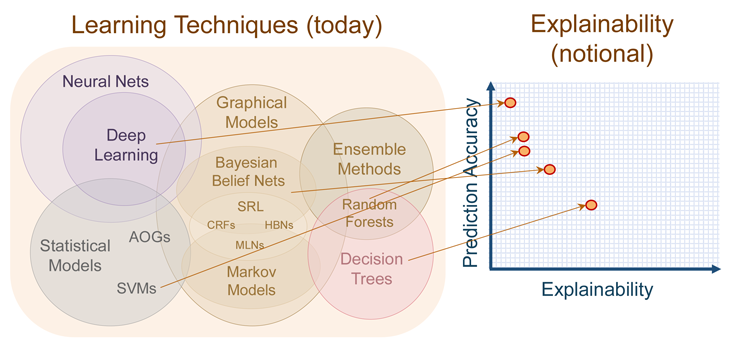January 28, 2017
Human and Artificial Intelligence May Be Equally Impossible to Understand
Book a Demo
Take, for example, an episode recently reported by machine learning researcher Rich Caruana and his colleagues. They described the experiences of a team at the University of Pittsburgh Medical Center who were using machine learning to predict whether pneumonia patients might develop severe complications. The goal was to send patients at low risk for complications to outpatient treatment, preserving hospital beds and the attention of medical staff. The team tried several different methods, including various kinds of neural networks, as well as software-generated decision trees that produced clear, human-readable rules.The neural networks were right more often than any of the other methods. But when the researchers and doctors took a look at the human-readable rules, they noticed something disturbing: One of the rules instructed doctors to send home pneumonia patients who already had asthma, despite the fact that asthma sufferers are known to be extremely vulnerable to complications.The model did what it was told to do: Discover a true pattern in the data. The poor advice it produced was the result of a quirk in that data. It was hospital policy to send asthma sufferers with pneumonia to intensive care, and this policy worked so well that asthma sufferers almost never developed severe complications. Without the extra care that had shaped the hospital’s patient records, outcomes could have been dramatically different.
Source: Human and Artificial Intelligence May Be Equally Impossible to Understand



